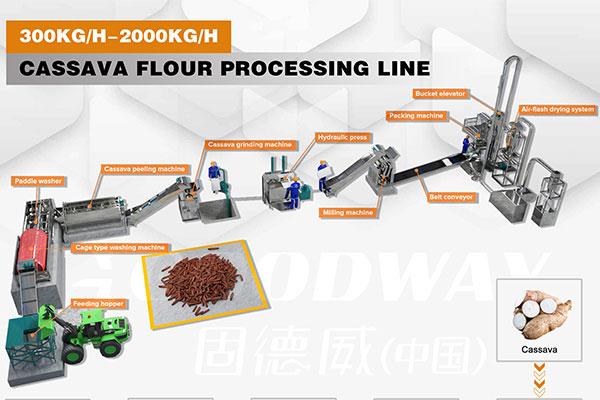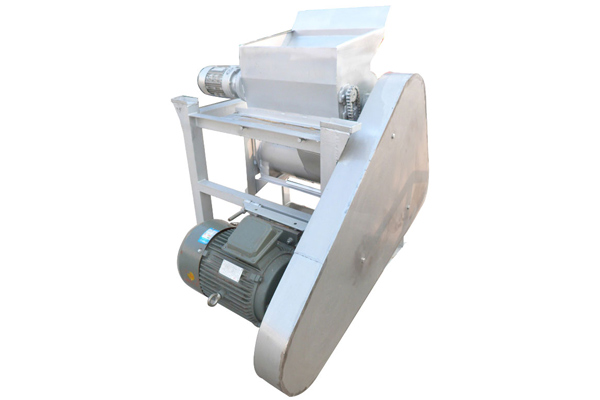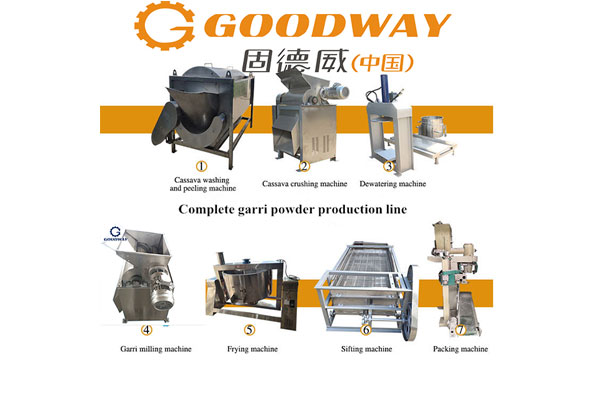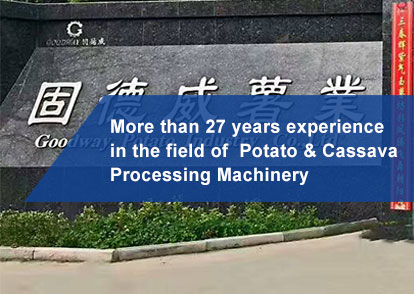In China's starch processing market, the demand for high-quality starch has grown rapidly. Starch plays an increasingly important role in many industries such as food processing, textiles, pharmaceuticals, chemicals, and papermaking. However, the irregular starch processing mode and the backward starch extraction process have resulted in a low extraction rate of sweet potato starch, a low production of sweet potato starch, and a poor quality of starch.
Improved hardware measures have led to innovative design and upgrades of starch equipment throughout the starch processing industry. In addition, starting from the sweet potato planting technology, improving and increasing the starch content and yield of sweet potato is also a channel to solve the problem. Then, what are the factors affecting the content of sweet potato starch?
1.Variety
According to the content of starch, the varieties of sweet potato are roughly divided into edible type, high starch special type, edible and starch. Different varieties, the starch content is different. Among them, the high starch-specific sweet potato has the highest starch content of 16-25%. The edible starch content is about 10%. The combined type starch content is between 16-20%.
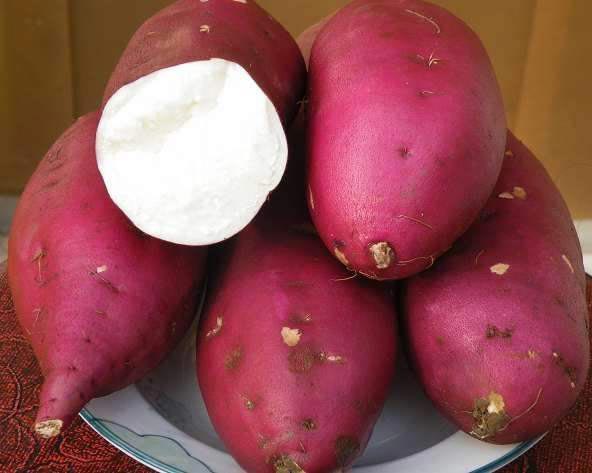
2. Planting soil
Choose to plant land in thick, well-filled sand and hilly loam. Sweet potato is a root crop, which grows well under the soil conditions of deep soil, loose soil, fertile, breathable and cool water. Anyone who uses paddy fields to grow autumn potatoes should be permeable to sand. If there is too much moisture, it will affect the respiration of the roots. The soil should also choose loose and fertile soil to ensure the growth of sweet potatoes.
3. Climate
Sweet potato is native to the tropics and has a high temperature. It requires at least 120 days of frost-free period in the growing season. The temperature during the growing period is not lower than 21 °C, otherwise it is difficult to accumulate enough starch content in sweet potato cultivation, and it is difficult to obtain higher yield.
The climate change of the planting area in the past year, extreme weather conditions such as temperature, precipitation, wet rain or hot and humid, will affect the growth of sweet potato and the accumulation of starch. Whether it is temperature or soil temperature, it has a major impact on sweet potato growth. Under suitable temperature and water conditions, the longer the growth period is, the better the growth of sweet potato is. If it is too dry, the sweet potato's root starch content is high, but the yield is not going up. It is damp and rainy, causing the roots to crack and rot.
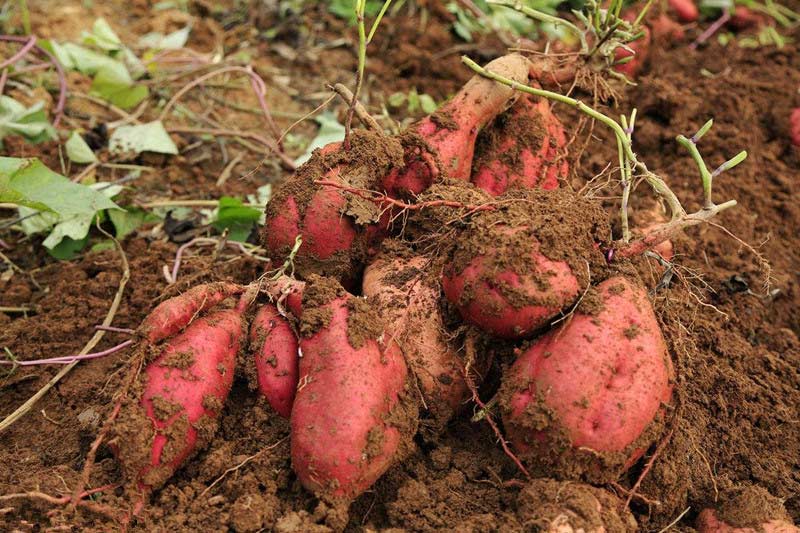
4. Planting time
China is the country with the largest area of sweet potato cultivation in the world. Due to the obvious climate difference between the north and the south, there is a big difference in the timing of planting sweet potatoes. The country is divided into 5 potato areas:
1. North spring potato area, including Liaoning, Jilin, Hebei, and northwestern Shaanxi. The frost-free period in this area is short, and the low temperature comes early, and more spring potatoes are planted.
2. Spring and summer potato area in the Huanghuai River Basin. It belongs to the monsoon warm temperate climate, and it is suitable to plant spring and summer potatoes. The planting area accounts for 40% of the total area of the country.
3. Summer potato area in the Yangtze River Basin. This refers to the entire Yangtze River basin except Qinghai and the northwestern Sichuan Plateau.
4. Southern summer and autumn potato area. Specifically refers to the north of the Tropic of Cancer and south of the Yangtze River Basin. In addition to planting summer potatoes, autumn potatoes are also grown in some areas.
5. Southern autumn and winter potato area. The coastal land south of the Tropic of Cancer and the islands such as Taiwan have a tropical humid climate, with high temperatures in summer and small temperature difference between day and night, mainly planting autumn and winter potatoes.
5. Field management technology
After the sweet potato seedlings are planted, the field management of the potato stage, potato growth and expansion stage is indispensable. Timely discovery of problems, attention to soil in the field, seedlings, etc., is conducive to accurately grasp the growth of sweet potatoes. Timely fertilization, watering, vine, and control, increase sweet potato starch content and sweet potato yield. The main steps are:
1. Checking seedlings and seedlings: The conventional field management of seed potato breeding fields is mainly to check the seedlings and make up the seedlings within 1 week after planting to prevent the lack of seedlings and ridges.
2. Interplanting and weeding: Stem and leaf cultivating 2-3 times before ridges, eliminating weeds. The depth of the first cultivating is 6-7 cm. The second time is about 3cm. The third time only scratched the ground. When cultivating, the bottom of the ridge is deep and the back of the ridge is shallow, preventing the roots from being damaged and maintaining the ridge shape.
3. Water management: generally do not water during the growth period. If it is raining for a long time, it can be lightly poured. In case of accumulated water, it should be drained in time to increase soil permeability.
4. Chemical control: When the land with good fertilizer and water conditions grows in the middle of the rainy weather, the upper part of the land is easy to grow. Use growth regulators to control growth as early as possible. The growth can be observed about 50 days after planting, and the weather is not sunny in the afternoon, and the 5% uniconazole 375-750 g/hm2 is uniformly sprayed. Spray once every 5-10 days, even spray three times.
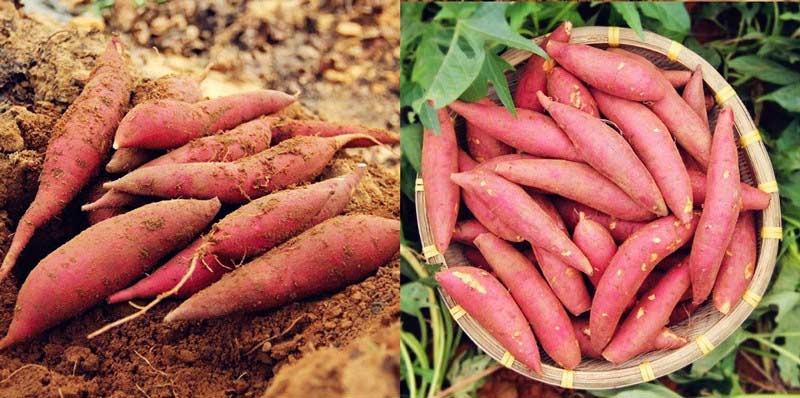
6. Storage method
The rate of sweet potato starch is highest at the time of harvest. The stacking time is the longer, and the proportion of starch converted to sugar is the greater and the flour yield is the lower. 20 days after the sweet potato was stored, the temperature was still high in this period, and the respiration of potato tubers was quite strong. A portion of the starch is converted to sugar and consumed as a respiratory matrix. At the same time, the heat released makes the temperature of the cockroach high, which aggravates the harmful breathing of the potato.
Therefore, in the early stage of storage, the temperature should be kept as low as possible, not exceeding 15 ° C, but not lower than 9 ° C. If you want to delay the processing of fresh potatoes in the sweet potato harvest season, you should pay attention to three points. The first is to choose anti-glycation sweet potato varieties. The second is to ensure the quality of raw materials. The third is to ensure that the warehouse has a suitable temperature to minimize the rate of decay during storage.
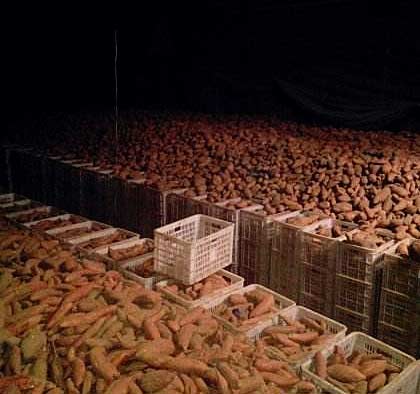
Goodway offers professional sweet
potato starch processing equipment. Welcome to inquire!

 EN
EN
 fr
fr  es
es  it
it  pt
pt 